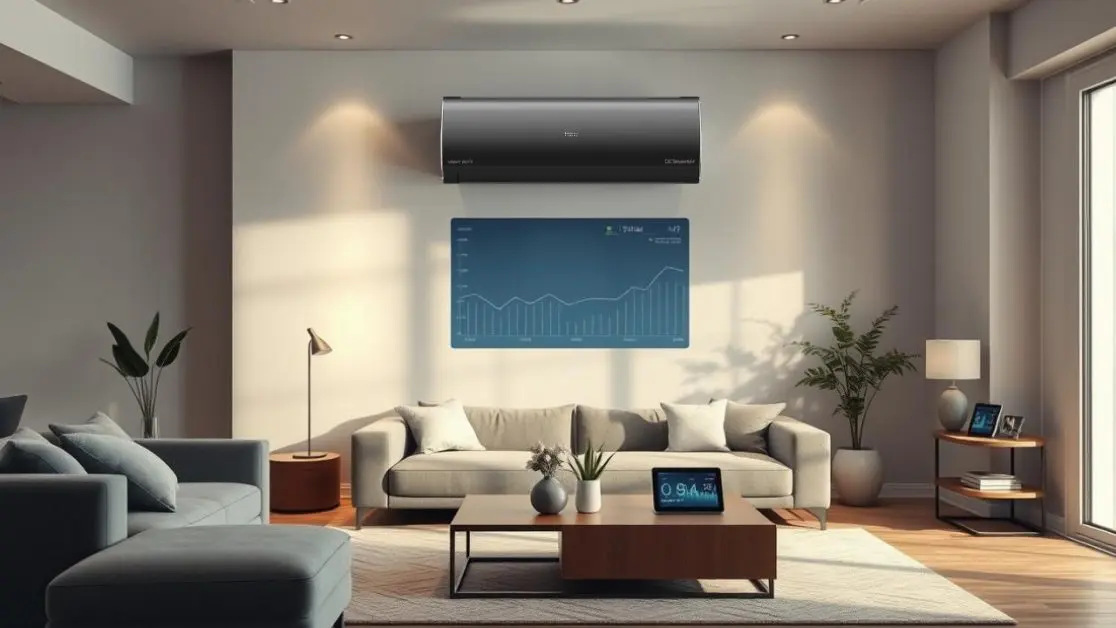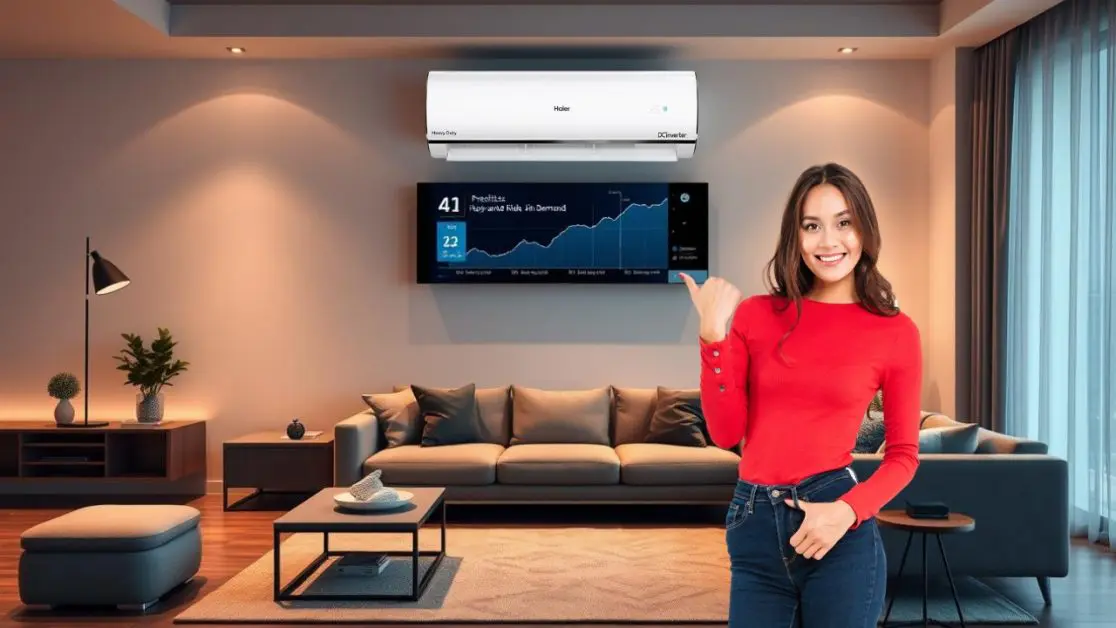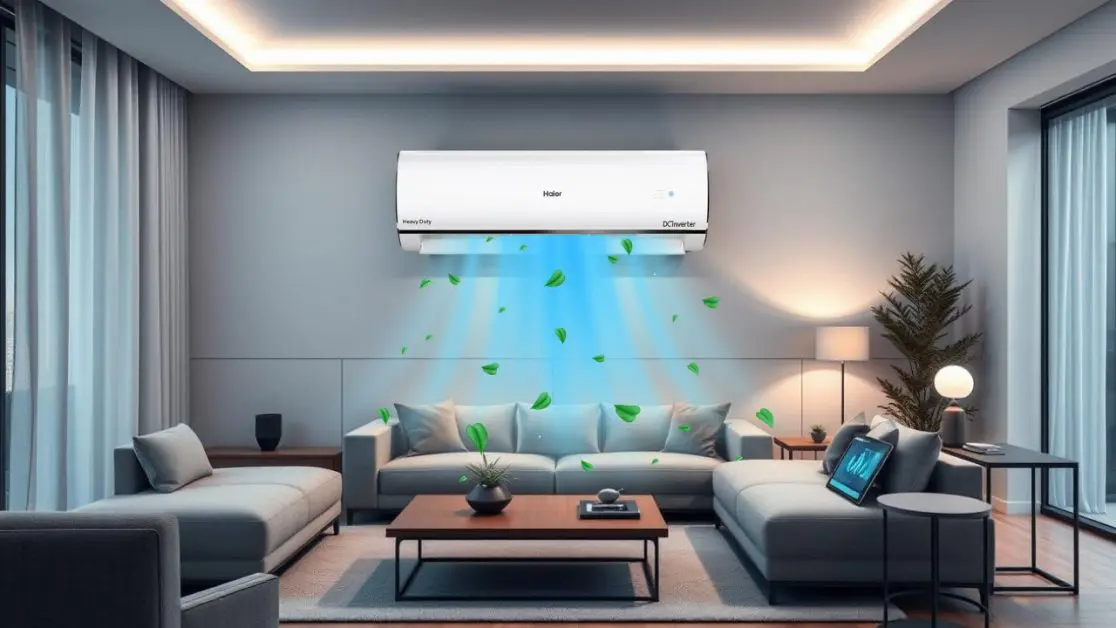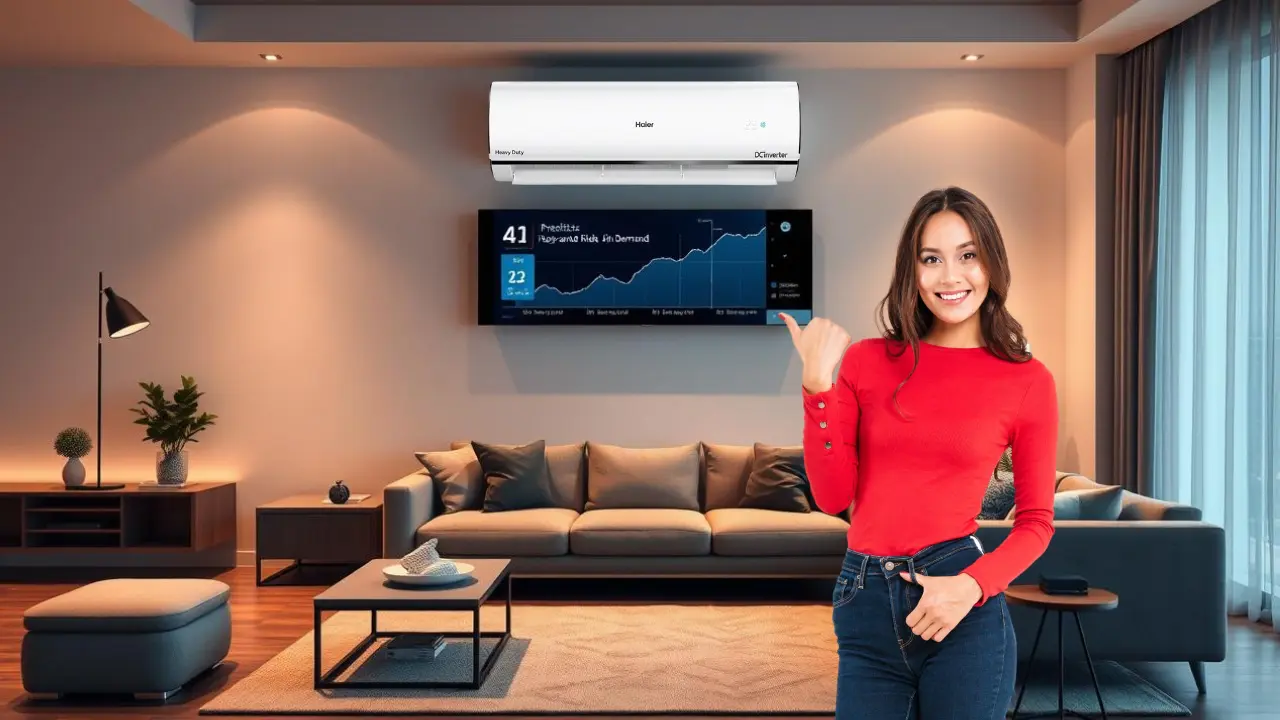In India, the demand for air conditioners (ACs) increases every summer along with rising temperatures. However, for manufacturers, estimating peak demand levels and determining how much inventory to stock remains a constant challenge.
Changes in weather, shifting consumer preferences, supply chain disruptions, and various other factors complicate this process. Overproducing units can lead to excess stock, while underestimating demand can result in shortages and unfulfilled expectations.
The good news is that technological advancements have made demand forecasting more precise with the integration of AI. AI assists manufacturers by analyzing factors such as weather trends, consumer behavior, and previous sales to optimize production and resource distribution. This ensures that AC units are available in the right quantities at the right time for consumers.
In this article, we will analyze how AI enables pre-season demand forecasts, production planning estimates, and why intelligent ACs with AI technology are the next step in cooling appliances.
AI’s Approach to Predicting Seasonal Demand for Air Conditioners

1. Analyzing Historical Sales Data
AI-driven demand forecasting models rely on past sales records to identify patterns. These models examine:
- Significant increases in sales during peak summer months.
- Year-over-year demand growth in both urban and rural markets.
- Regional demand variations, such as inland versus coastal regions.
By leveraging this data, AI predicts future demand with greater accuracy than traditional statistical models.
2. Analysis of Weather Patterns
AI forecasting models use weather data to predict AC demand. Since hotter climates drive higher AC demand, AI monitors factors such as heatwaves, humidity levels, and monsoon delays. If AI detects an upcoming heatwave, manufacturers can proactively increase production and shipment to high-demand regions.
3. Search Behavior and Consumer Trends
AI analyzes:
- Search queries such as “best air conditioners for summer.”
- Reviews, Q&A forums, and online purchasing trends.
- Changes in demand for smart ACs with energy-saving features and home automation capabilities.
This allows companies to align their product offerings with evolving consumer preferences.
4. Social Media and Marketing Trends
AI scans social media platforms like Twitter, YouTube, and Instagram to gauge consumer interest in AC features. For example, if there is a surge in discussions about inverter ACs, AI can identify this as a rising trend and alert manufacturers accordingly.
5. Supply Chain and Logistics Optimization
Beyond forecasting, AI helps manufacturers enhance production and logistics efficiency. AI ensures:
- Production aligns precisely with forecasted demand.
- Warehousing and distribution operate efficiently.
- Overproduction and understocking risks are minimized.
AI’s Role in Optimizing AC Production for Manufacturers

1. Demand-Based Production Planning
Traditional manufacturing models often lead to overproduction or shortages. AI enables a just-in-time (JIT) production model, where AC units are produced only when demand arises. This improves efficiency and reduces waste.
2. Efficient Resource Allocation
Manufacturers must balance multiple variables, including:
- Procurement of raw materials.
- Workforce allocation in factories.
- Energy consumption.
AI enhances decision-making in resource allocation, reducing costs and improving productivity.
3. Smart Inventory Management
AI-driven inventory monitoring improves warehouse management by:
- Continuously tracking stock levels.
- Ensuring timely restocking of distribution centers.
- Reducing storage costs by preventing excess inventory.
4. Optimizing Pricing and Marketing Strategies
AI-driven pricing strategies dynamically adjust to market conditions. For example:
- AI may recommend slight price increases during heatwaves.
- AI may suggest discount strategies in cooler seasons to sustain sales.
The Future of AI Smart ACs
AI is not only transforming demand forecasting and production but also revolutionizing air conditioner technology. AI-enabled air conditioners offer advanced automation, energy efficiency, and enhanced comfort.
1. Smart Cooling with AI Intelligence
The latest smart ACs by use AI to analyze user habits and environmental conditions to optimize cooling settings. They independently manage cooling levels based on previous usage and room conditions.
2. App and Voice-Controlled Convenience
Smart AC units integrate seamlessly with mobile apps, Google Assistant, and Amazon Alexa. Users can:
- Set cooling levels remotely.
- Schedule timers and monitor energy consumption.
- Enjoy personalized comfort and efficiency.
3. Energy Efficiency and Cost Savings
AI-powered ACs reduce electricity bills and environmental impact. Smart cooling cycles adapt to room occupancy, temperature, and humidity, leading to:
- Lower energy consumption and cost savings.
- A reduced carbon footprint.
- Extended AC lifespan due to optimized usage.
4. Self-Diagnosis and Predictive Maintenance
AI-enabled ACs detect malfunctions before they occur. Built-in sensors provide alerts and perform automatic maintenance tasks, such as:
- Notifying users when filters need cleaning or replacement.
- Detecting potential unit malfunctions early.
- Optimizing energy efficiency to prevent wastage.
5. Personalized Cooling Experience
AI analyzes various factors to provide customized cooling solutions:
- Room dimensions and insulation.
- User preferences and sleep patterns.
- External weather conditions.
This results in a highly personalized and energy-efficient cooling experience.
The Future of AI in AC Manufacturing and Retail

1. Enhanced Demand Prediction
As AI models continuously improve, demand forecasting will become even more precise, reducing uncertainty for manufacturers.
2. IoT Integration
The Internet of Things (IoT) allows AI to collect real-time data from smart AC units in homes, further refining demand forecasts and product development.
3. Eco-Friendly Manufacturing
AI-driven optimizations help minimize waste and energy use, supporting sustainable manufacturing practices. Many manufacturers are adopting these innovations to meet environmental regulations.
4. AI-Powered Customer Service
Virtual assistants powered by AI assist customers in selecting the ideal AC based on room size, budget, and cooling requirements. This enhances customer experience and reduces post-purchase inquiries.
At the end!
The integration of artificial intelligence into the air conditioning industry is revolutionizing demand prediction, production efficiency, and smart AC functionality. AI enables manufacturers to offer customers optimized cooling solutions while minimizing supply chain inefficiencies.
With AI continuously advancing, its role in AC technology will expand, leading to even smarter cooling systems for Indian homes. From intelligent climate control to seamless smart home integration, AI-powered ACs are setting new industry standards with predictive maintenance and enhanced automation.For those seeking innovative cooling solutions, Haier India’s smart AC range combines cutting-edge technology with efficiency and comfort.

